Kingdom Plantae Family Grossulariaceae
DC. | Order Saxifragales Genus Ribes
L. | |
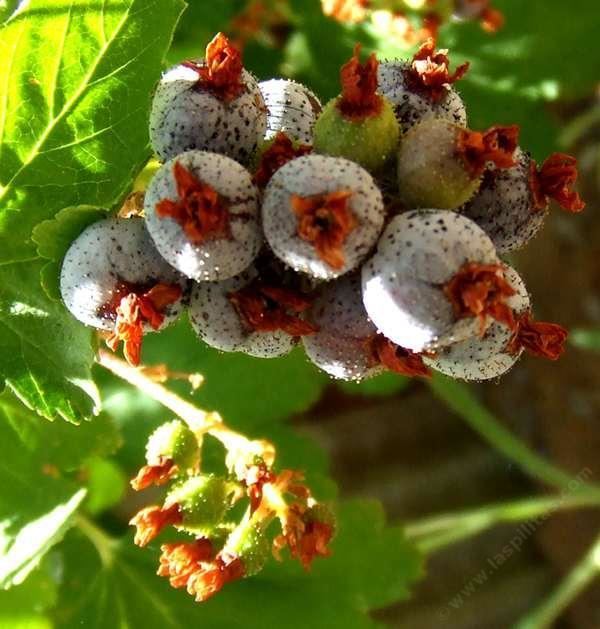 | ||
Similar Gooseberry, Berry, Blackberry, Lingonberry, Strawberry | ||
Wild plant guide foraging walks ribes sanguineum thyme and sage currant
Ribes /ˈraɪbiːz/ is a genus of about 150 known species of flowering plants native throughout the temperate regions of the Northern Hemisphere. It is usually treated as the only genus in the family Grossulariaceae, but a few taxonomists place the gooseberry species in a separate genus of Grossularia. Seven subgenera are recognized.
Contents
- Wild plant guide foraging walks ribes sanguineum thyme and sage currant
- Red flowering currant ribes sanguineum
- Cultivation
- Medicinal
- Ecology
- References
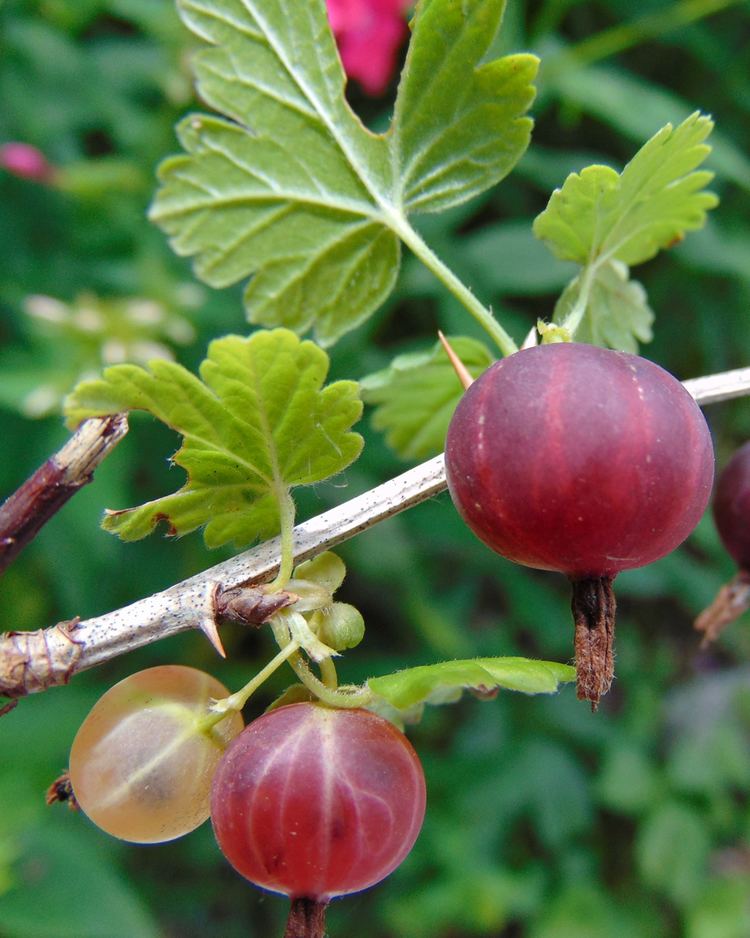
Sometimes Ribes is instead included in the family Saxifragaceae.
Red flowering currant ribes sanguineum
Cultivation
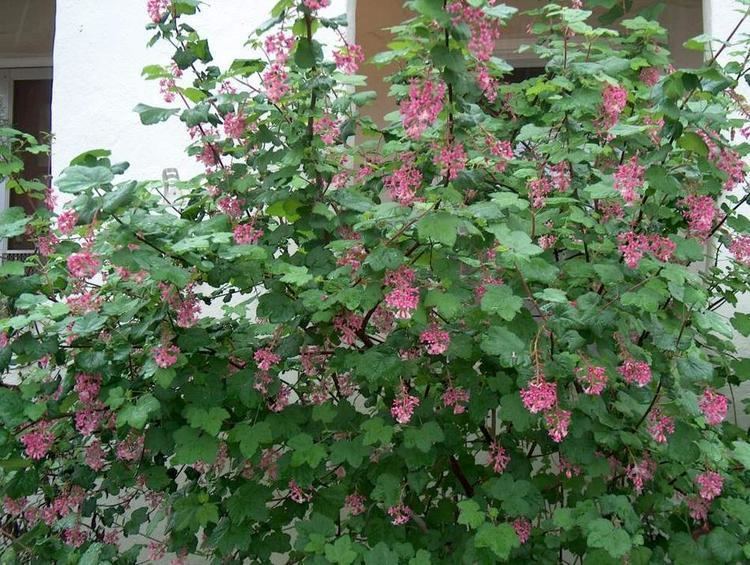
The genus Ribes includes the edible currants (blackcurrant, redcurrant, white currant), the gooseberry, and several hybrid varieties. It should not be confused with the dried currant used in cakes and puddings, which is a small-fruited cultivar of grape (Zante currant). Ribes gives its name to the popular blackcurrant cordial Ribena.
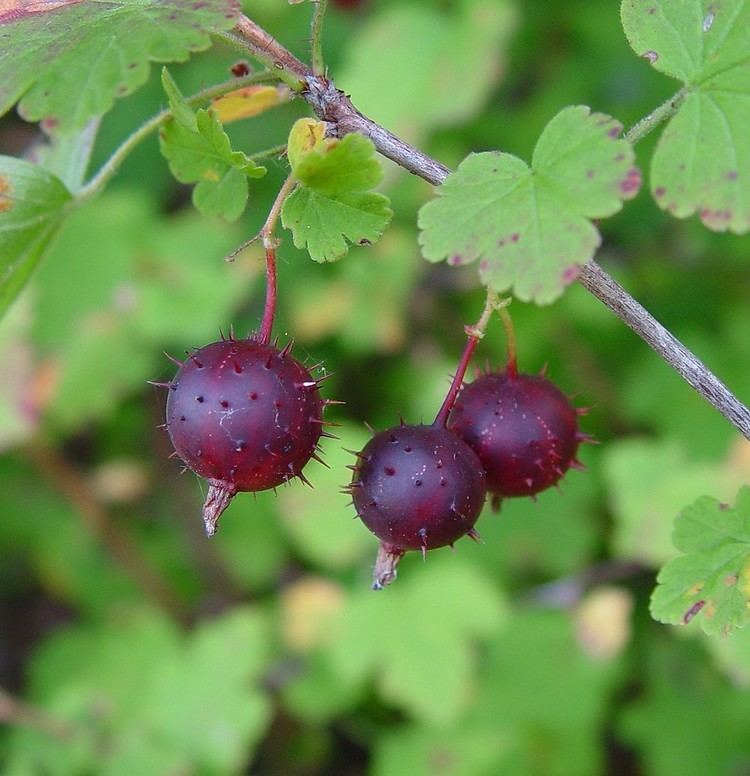
The genus also includes the group of ornamental plants collectively known as the flowering currants, for instance R. sanguineum.
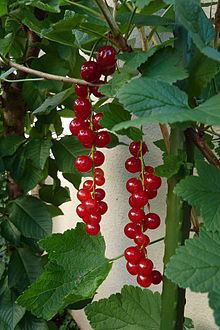
There are restrictions on growing some Ribes species in some U.S. states, as they are the main alternate host for White Pine Blister Rust.
Medicinal
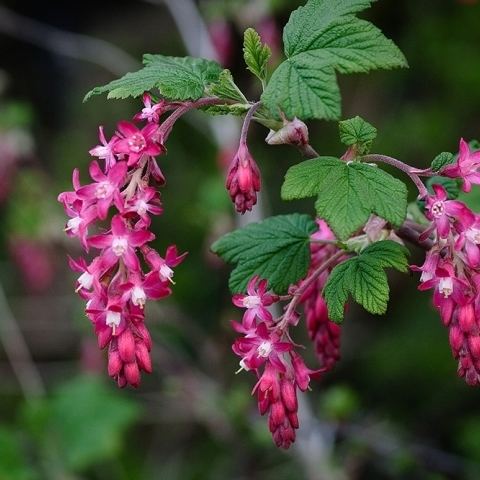
Blackfoot Indians used blackcurrant root (Ribes hudsonianum) for the treatment of kidney diseases and menstrual and menopausal problems. Cree Indians used the fruit of Ribes glandulosum as a fertility enhancer to assist women in becoming pregnant.
Currant root and seeds are high in gamma-Linolenic acid (GLA). GLA has been clinically verified as an effective treatment for pre-menstrual syndrome.
Ecology
Currants are used as food plants by the larvae of some Lepidoptera species.
